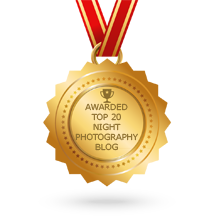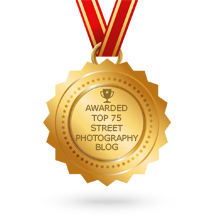Just came across this nice DIY video on mounting and framing photo prints demonstrated by Tony Roslund. Thought it would be good to share with my fellow readers.
I used to mount 27"x40" movie posters on 5mm thick single-sided adhesive kapaline boards or single-sided adhesive compressed foam boards in my former company. Kapaline board is a lot more rigid and doesn't warp over time compared to the soft foam board. Prices vary for each type of board used.
The hard rubber roller prayer is really useful to squeeze out/flatten out the air bubbles/pockets, which is a pretty common occurrence. If you do it right, none will occur. The method I used was quite different from Tony's, which of course, Tony's mounting and framing work is skillful and requires precision as he's dealing with client's photo print.
For my case, I'd make a shallow slit on the adhesive side of the board and remove the protective layer sheet. With the adhesive part exposed, I position and place the whole poster right onto the board where the middle portion is sticked onto the adhesive part. Next, I'd use the roller to roll over to assure that part is securely sticked on. The reason for doing so is to minimize air pockets when I start to mount the rest of the poster.
If I position and stick the top of the poster onto the adhesive board and working my way downwards, it would create uneven mount with many air pockets, or worst of all, ruin the whole poster with disastrous "twinkles".
Starting out from the middle is 100% safer. So in the next step, I would tear out the adhesive protector sheet on either side; top or bottom, bit by bit as demonstrated by Tony in his video on the rolling part. Once completed, I check that everything is good and flattened. Then I'd use a OLFA knife (the type loaded with snap-off blades) and a super long metallic ruler to trim the poster to size.
Mounting job completed. Needless to say, mounting and framing do require a huge sized table and space, so no other unnecessary stuff lying around and obstruct the work. So it's good to start out with smaller prints of 8"x10", as mentioned by Tony in the video.
Happy mounting and framing!
I used to mount 27"x40" movie posters on 5mm thick single-sided adhesive kapaline boards or single-sided adhesive compressed foam boards in my former company. Kapaline board is a lot more rigid and doesn't warp over time compared to the soft foam board. Prices vary for each type of board used.
The hard rubber roller prayer is really useful to squeeze out/flatten out the air bubbles/pockets, which is a pretty common occurrence. If you do it right, none will occur. The method I used was quite different from Tony's, which of course, Tony's mounting and framing work is skillful and requires precision as he's dealing with client's photo print.
For my case, I'd make a shallow slit on the adhesive side of the board and remove the protective layer sheet. With the adhesive part exposed, I position and place the whole poster right onto the board where the middle portion is sticked onto the adhesive part. Next, I'd use the roller to roll over to assure that part is securely sticked on. The reason for doing so is to minimize air pockets when I start to mount the rest of the poster.
If I position and stick the top of the poster onto the adhesive board and working my way downwards, it would create uneven mount with many air pockets, or worst of all, ruin the whole poster with disastrous "twinkles".
Starting out from the middle is 100% safer. So in the next step, I would tear out the adhesive protector sheet on either side; top or bottom, bit by bit as demonstrated by Tony in his video on the rolling part. Once completed, I check that everything is good and flattened. Then I'd use a OLFA knife (the type loaded with snap-off blades) and a super long metallic ruler to trim the poster to size.
Mounting job completed. Needless to say, mounting and framing do require a huge sized table and space, so no other unnecessary stuff lying around and obstruct the work. So it's good to start out with smaller prints of 8"x10", as mentioned by Tony in the video.
Happy mounting and framing!















No comments:
Post a Comment